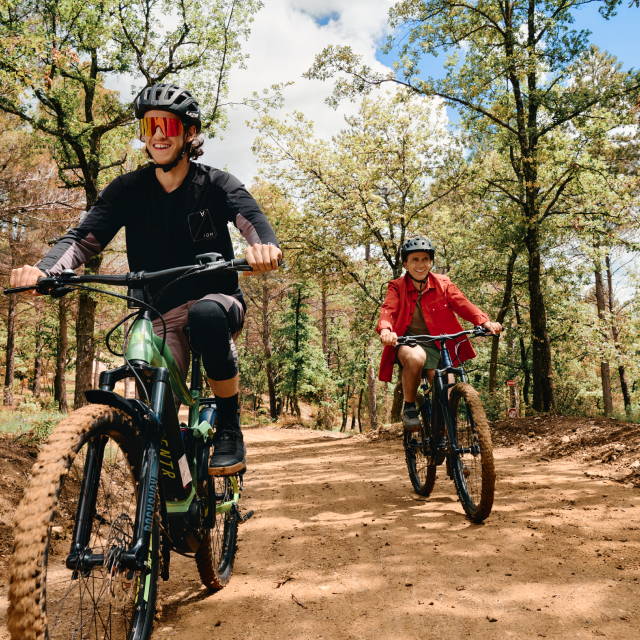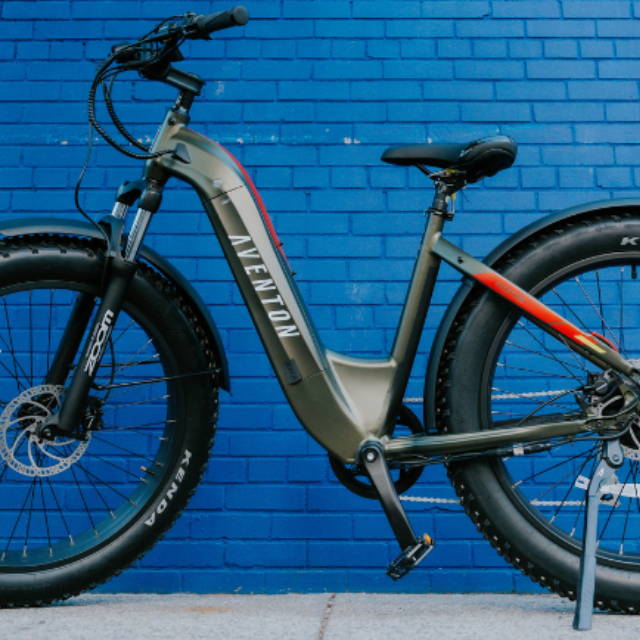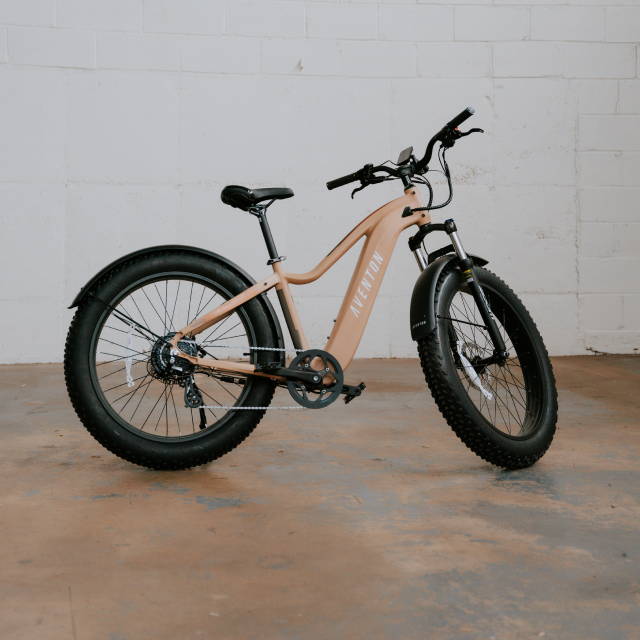Some states specify a minimum age for riding an e-Bike. States like Massachusetts, Pennsylvania, and Oregon require that riders must be 16 or older, for example. Other states permit e-Bike use at 14 or 15 years old while others don’t have an age limit.
Understanding E-Bike Regulations and Laws: What Every Cyclist Should Know
Written by: Rémy Rossi | December 13, 2024 | Time to read 4 min
Do you know when e-Bikes are legal and when they’re not? Get informed to ride within the lines and the letter of the law.

More about the Author: Remy Rossi
Rémy Rossi is a bike writer, mechanic, and educator who got his start in community-based bike shops and co-ops. With a decade in the industry, he still wrenches on bikes when he can and plays bike polo on a fixie.

I praise the cycling community for generally being a rule-following bunch. Okay, maybe there’s the occasional skipped stop sign or anticipated traffic light, but at least we’re not as bad as car drivers. When it comes to electric bikes, there are a few more rules and regulations to consider to ensure we’re doing as we’re told.
👋 Do you know Upway?
Understanding e-Bike laws
Electric bike laws are different in every state and there are specific rules, requirements, and speed limits at the local level. There is, however, a federal definition of electric bikes and standard categories that have been adopted by a majority of states. According to federal regulations, a low-speed electric bike is one with fully operable pedals, a motor rated at 750 watts or fewer, and a top speed of 20 mph.
Our friends over at PeopleForBikes maintain a state-by-state guide for electric bike laws so you can easily check the rules that apply to you.
E-Bike Classes

🤝 Why you can trust us for buying an e-Bike?
- Fair Prices: Find your next e-Bike at up to 60% off retail, in new or like-new condition.
- Quality You Can Trust: Each e-Bike is meticulously certified by our expert mechanics and backed by a 1-year warranty.
- Convenient Delivery: Enjoy doorstep delivery within a week. Not completely satisfied? Take advantage of our 14-day return policy.
“Classless” e-Bikes
Class 1 e-Bikes can be ridden almost anywhere. Check out Upway’s selection:
E-Biking in the National Parks
Frequently Asked Questions
Is there an age limit for e-Bikes?
Can you ride an e-Bike without a license?
It depends on the state. Some states like Alaska, New Jersey, and Arizona require a license to ride a fast electric bike that travels more than 25 mph. Most states, however, don’t require a license to operate an e-Bike. As more e-Bike legislation is introduced, there are fewer license requirements for e-Bikes.
Are helmets required when riding an e-Bike?
Helmets are always a good idea when riding any type of bike and some states require it. Pennsylvania, Massachusetts, and Oregon are some of the states that require wearing a helmet when riding an e-Bike, though most states don’t have a legal requirement.


